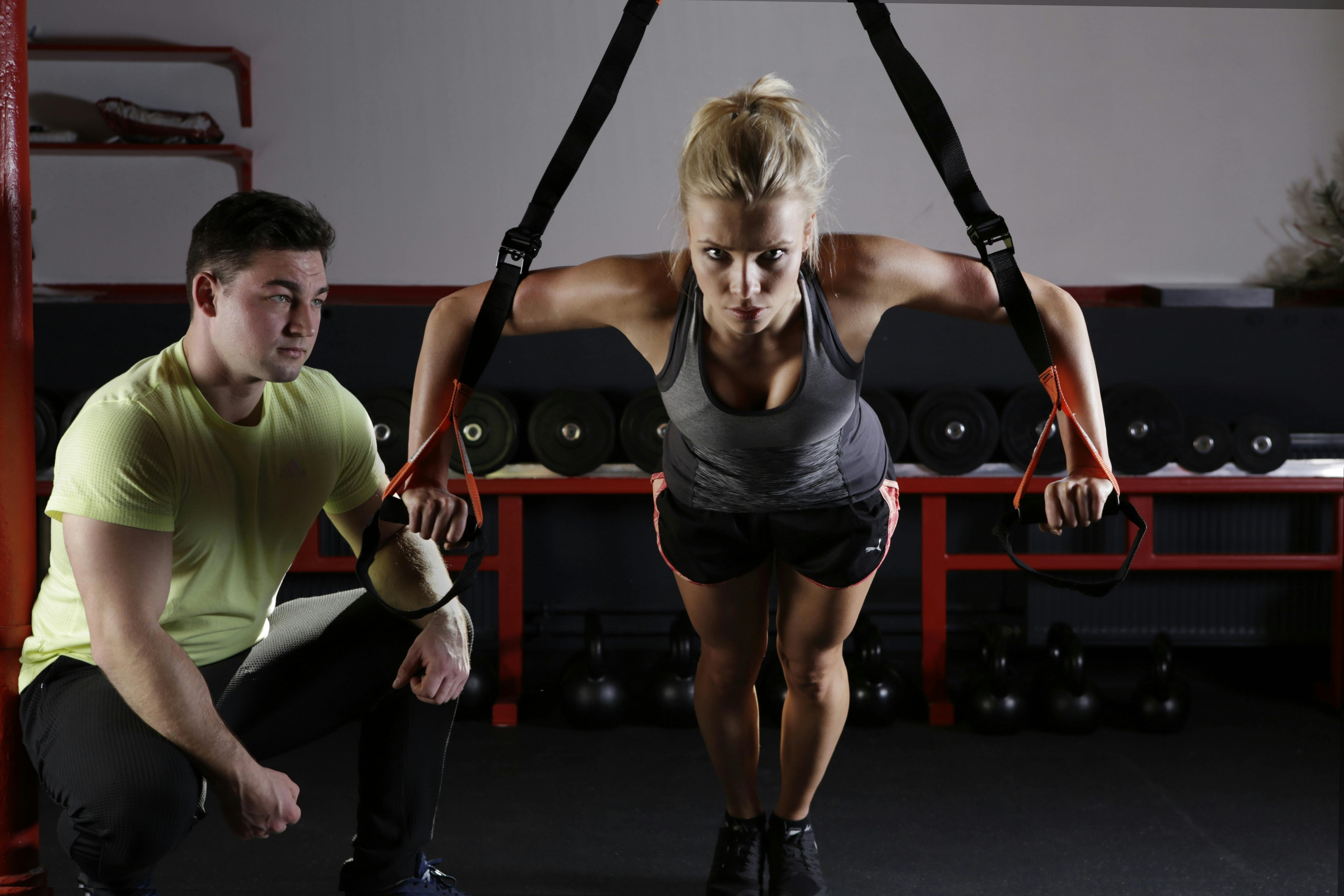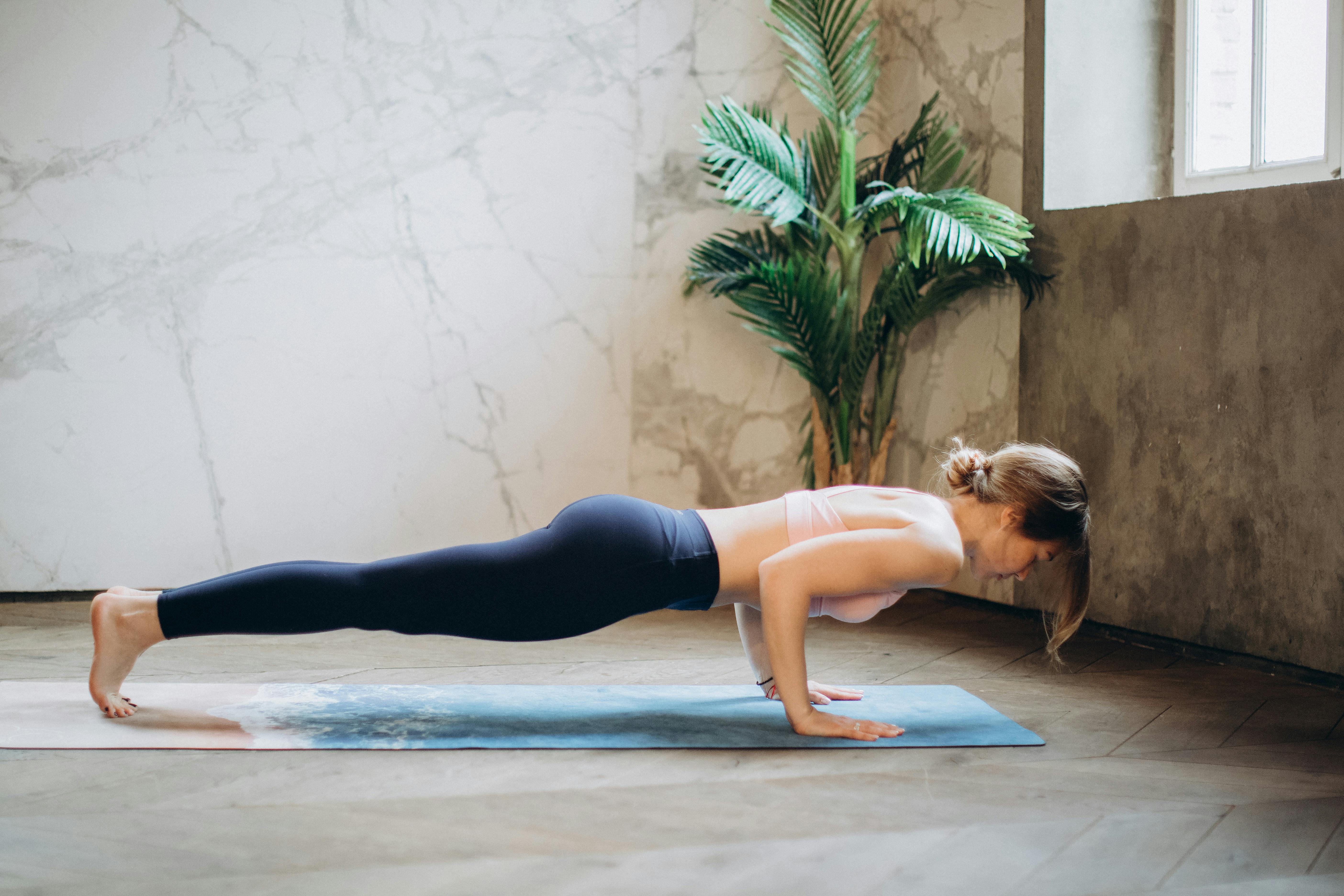Exercises to stay fit
In our fast-paced world, staying fit is more crucial than ever. The sedentary nature of modern lifestyles, coupled with the convenience of technology, has led to a decline in physical activity. However, maintaining an active lifestyle is paramount for overall health and well-being. In this article, we will delve into a comprehensive guide on various exercises to help you stay fit and enhance your quality of life.
The Importance of Regular Exercises

Image via Pexels.com
Before we explore specific exercises, it’s essential to understand why regular physical activity is vital. Exercise offers a myriad of benefits, ranging from improving cardiovascular health to boosting mental well-being. Engaging in regular physical activity helps control weight, reduces the risk of chronic diseases, enhances mood, and promotes better sleep.
To achieve optimal fitness, it’s crucial to incorporate a variety of exercises that target different aspects of your health. A well-rounded fitness routine typically includes cardiovascular exercises, strength training, flexibility exercises, and balance activities.
Cardiovascular Exercises
Cardiovascular exercises, also known as aerobic exercises, are essential for heart health and overall fitness. These exercises increase your heart rate and breathing, improving the efficiency of your cardiovascular system. Popular cardiovascular exercises include running, cycling, swimming, and brisk walking.
Strength training is crucial for building and maintaining muscle mass, which plays a significant role in metabolism and overall functional fitness. Incorporate exercises that target major muscle groups, such as squats, deadlifts, bench presses, and overhead presses. Strength training can be done using free weights, machines, or bodyweight exercises.
Flexibility Exercises

Image via Pexels.com
Flexibility exercises are often overlooked but are essential for maintaining joint health and preventing injuries. Stretching exercises, yoga, and Pilates are effective ways to improve flexibility. Include dynamic stretches before workouts and static stretches after exercising to enhance overall flexibility.
Balance is a crucial aspect of fitness, especially as we age. Balance exercises help improve stability and reduce the risk of falls. Simple balance activities include standing on one leg, heel-to-toe walking, and balance board exercises. Incorporating these activities into your routine can enhance overall physical stability.
Creating a Personalized Exercise Plan
The key to a successful fitness journey lies in creating a personalized exercise plan that aligns with your goals, preferences, and fitness level. Here are steps to help you develop an effective plan:
Define your fitness goals, whether they involve weight loss, muscle gain, improved endurance, or enhanced flexibility. Having clear goals will guide your exercise choices and keep you motivated.
Assess Your Fitness Level through exercises

Image via Pexels.com
Evaluate your current fitness level to determine where you stand and identify areas that need improvement. This assessment will help you choose exercises that are challenging yet appropriate for your fitness level.
Incorporate a mix of cardiovascular, strength training, flexibility, and balance exercises into your routine. This variety ensures that you address all aspects of fitness and prevent boredom.
Create a Realistic Schedule for exercises
Develop a realistic exercise schedule that fits into your daily routine. Consistency is key, so aim for at least 150 minutes of moderate-intensity aerobic exercise or 75 minutes of vigorous-intensity aerobic exercise per week, along with strength training activities on two or more days per week.
Overcoming Barriers to Exercise Adherence

Image via Pexels.com
Even with the best intentions, barriers to regular exercise can arise. Addressing these obstacles is crucial for maintaining a consistent fitness routine. Here are common barriers and strategies to overcome them:
Time constraints are a common barrier to exercise. However, short bouts of activity can be just as effective as longer sessions. Break your workouts into manageable chunks throughout the day, such as 10-15 minutes of brisk walking during breaks.
Lack of Motivation
Maintaining motivation can be challenging, especially when faced with busy schedules or other priorities. Find activities you enjoy, set realistic goals, and consider exercising with a friend or joining group classes for added motivation.
Repetitive routines can lead to boredom, making it difficult to stay committed to your exercise plan. Mix things up by trying new activities, exploring different workout environments, or incorporating music and podcasts to keep things interesting.
Physical Limitations when exercises
Physical limitations or health conditions may require modifications to your exercise routine. Consult with a healthcare professional or fitness expert to design a safe and effective plan tailored to your specific needs and abilities.
Staying fit goes beyond structured workouts. Embracing an active lifestyle involves making conscious choices throughout your day to incorporate movement. Here are ways to stay active beyond formal exercise sessions:
Incorporate Physical Activity into Daily Tasks

Image via Pexels.com
Find opportunities to be active throughout the day, such as taking the stairs instead of the elevator, walking or biking to work, and incorporating short activity breaks during long periods of sitting.
Participate in recreational activities that you enjoy, such as hiking, dancing, gardening, or playing sports. These activities not only provide exercise but also contribute to overall well-being.
Stay Active with Family and Friends
Make physical activity a social affair by engaging in active pursuits with family and friends. This could include weekend hikes, group fitness classes, or sports activities that everyone can enjoy together.
Regularly monitoring your progress is essential for staying on track and making necessary adjustments to your exercise plan. Here’s how to effectively track your fitness journey:
Keep a Workout Journal for exercises
Maintain a workout journal to track the exercises you perform, the duration, and any notes on how you felt during and after the workout. This journal can help you identify patterns and make informed adjustments.
Take measurements of your body, track changes in weight, and pay attention to how your clothes fit. While the scale is one measure of progress, changes in body composition and how you feel are equally important.
Assess Fitness Levels Periodically
Reassess your fitness level periodically to gauge improvements. This could involve repeating the initial fitness assessment or incorporating new challenges to assess your strength, endurance, flexibility, and balance.
If you notice plateaus or feel that your routine has become too easy, it’s time to adjust. Increase the intensity, try new exercises, or modify your schedule to keep your body continually adapting and progressing.
Conclusion:

Image via Pexels.com
Staying fit is a lifelong journey that requires dedication, but the benefits far outweigh the effort. By incorporating a diverse range of exercises, creating a personalized plan, overcoming barriers, embracing an active lifestyle, and monitoring progress, you can achieve and maintain optimal fitness. Remember that staying fit is not just about looking good; it’s about feeling good, both physically and mentally. So, lace up those sneakers, find activities you love, and embark on a journey to unlock your full potential through a fit and active lifestyle.




